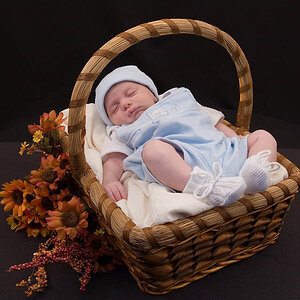Ricky21
TPF Noob!
- Joined
- Mar 25, 2010
- Messages
- 73
- Reaction score
- 0
- Location
- San Antonio, Texas
- Can others edit my Photos
- Photos OK to edit
So I've been shooting in M a lot lately and really getting goodie results. (sharp and nicely exposed photos). I have has some issues with deterring proper exposure using the meter while using a flash. For example, I was shooting my son opening some presents yesterday at his bday party and the meter shows a couple increments underexposed when activated, but when I shoot photo its properly exposed due to external flash.
My question is how so I determine proper exposure prior to the shot with an external flash? I know there is a pilot button that fires a quick burst but I'm not sure that is enough time to determine proper exposure.
Is there a technique to this?
My question is how so I determine proper exposure prior to the shot with an external flash? I know there is a pilot button that fires a quick burst but I'm not sure that is enough time to determine proper exposure.
Is there a technique to this?



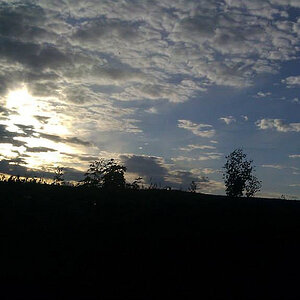

![[No title]](/data/xfmg/thumbnail/39/39187-9ec2507d9e5ef2843f7f00127c7abb4c.jpg?1619738905)
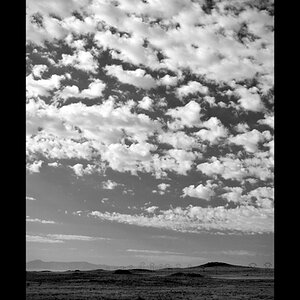
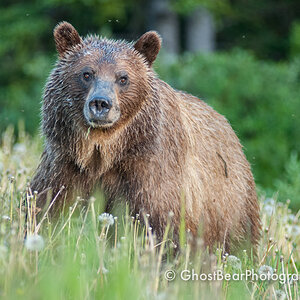
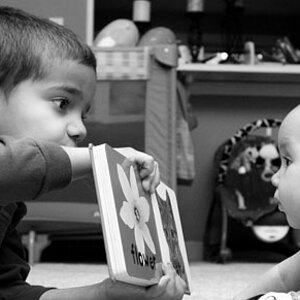
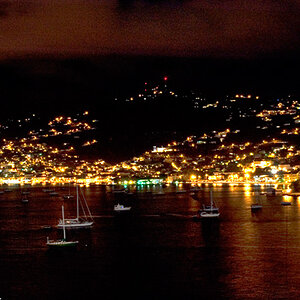
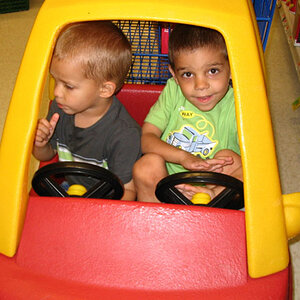
![[No title]](/data/xfmg/thumbnail/39/39191-629bf2c0bb5afb4619be296cd91b9517.jpg?1619738907)
